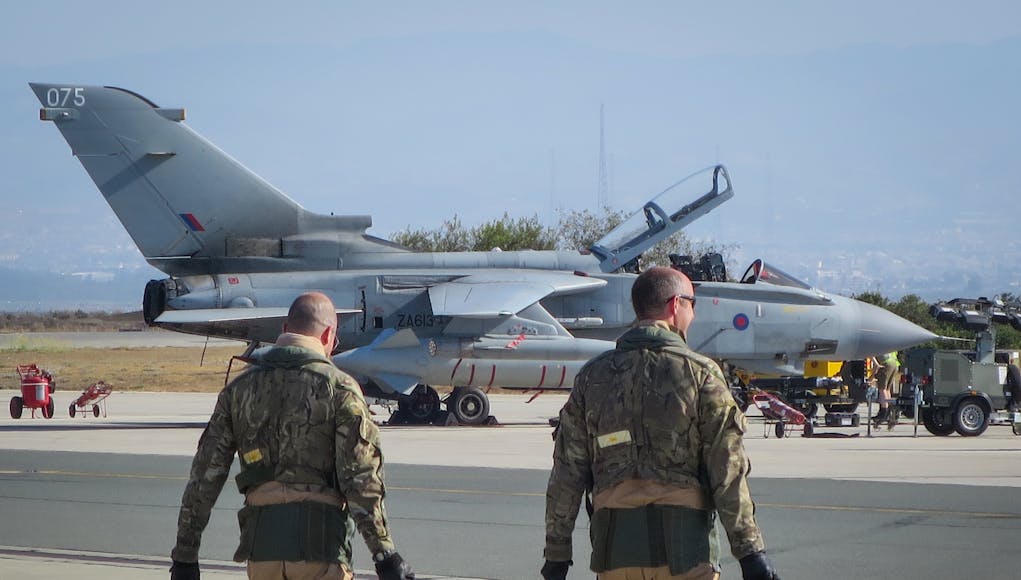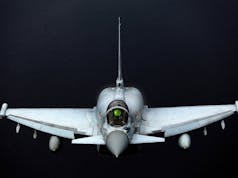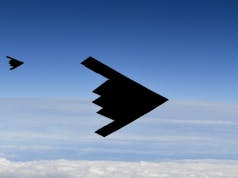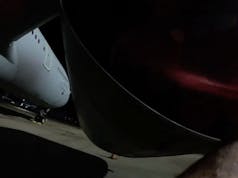Seven days of intensive activity by Typhoon, Tornado and Reaper aircraft prepared the ground for 35,000 Iraqi soldiers and Kurdish Peshmerga fighters.
Tornados, Typhoons and a Reaper attacked multiple targets in support of Iraqi operations to isolate Mosul, including an explosives workshop and associated vehicles, a rocket-armed truck, artillery and mortar pieces, and a truck-bomb facility.
Welcoming the start of operations to liberate Mosul, Defence Secretary Michael Fallon said:
“Daesh are on the back foot. The beginning of the encirclement of Mosul today is a big moment in our efforts to rid Iraq of Daesh. Mosul is a large and complex city and operations there will be tough but with Coalition support Iraqi forces will prevail.
Alongside our Coalition partners, the UK will continue to play a leading role in the air and on the ground, including through our strike missions, specialised surveillance, humanitarian support and the mentoring and training of Iraqi forces.”
Coalition aircraft have been providing intensive air support to Iraqi ground forces as they work to isolate Daesh terrorists holding Mosul.
According to a Ministry of Defence press release, the Royal Air Force has been heavily committed to this operation, with Tornado, Typhoon and Reaper aircraft providing close air support, and Airseeker and Sentinel strategic surveillance aircraft gathering intelligence. On the ground British military instructors are, with coalition colleagues, helping train, mentor and equip many of the forces engaged in the Mosul operation.
A Press Release states:
“Wednesday 12 October saw an intensive series of strikes in northern Iraq. North of Mosul, near Tall Kayf, a Reaper scored a direct hit with a Hellfire missile on an artillery piece hidden beneath a tarpaulin. A Tornado pair used a Brimstone missile to destroy a rocket-armed truck in the Qayyarah region, while Typhoons bombed a mortar team north-east of Mosul. The Tornado and Typhoon flights then combined for a joint attack near Qaraqosh on a set of workshops manufacturing explosives. Seven Enhanced Paveway II and Paveway IV bombs, plus a Brimstone, were used to destroy the facility and a number of Daesh vehicles at the site. A second combined Tornado and Typhoon flight meanwhile headed to the south-west of Kirkuk, where they destroyed a truck-bomb facility with Enhanced Paveway II and Paveway IV weapons.
North-west of Mosul, on Friday 14 October, Paveway IV-armed Typhoons successfully bombed five rocket launchers. They then moved to support a Reaper which had located a terrorist mortar position and ammunition stockpile. The Reaper attacked the mortar with a GBU-12 guided bomb, and the Typhoons followed up with a strike on the munitions stockpile. On Sunday 16 October, a Reaper again patrolled to the north-west of Mosul, where it engaged an artillery piece with a Hellfire, then provided targeting support to three attacks by coalition fast jets on terrorist mortar positions.
One flight of Typhoons operated to the west of Mosul, using Paveway IVs to destroy two Daesh-held buildings, while a second flight operated to the east, attacking four terrorist positions.”













